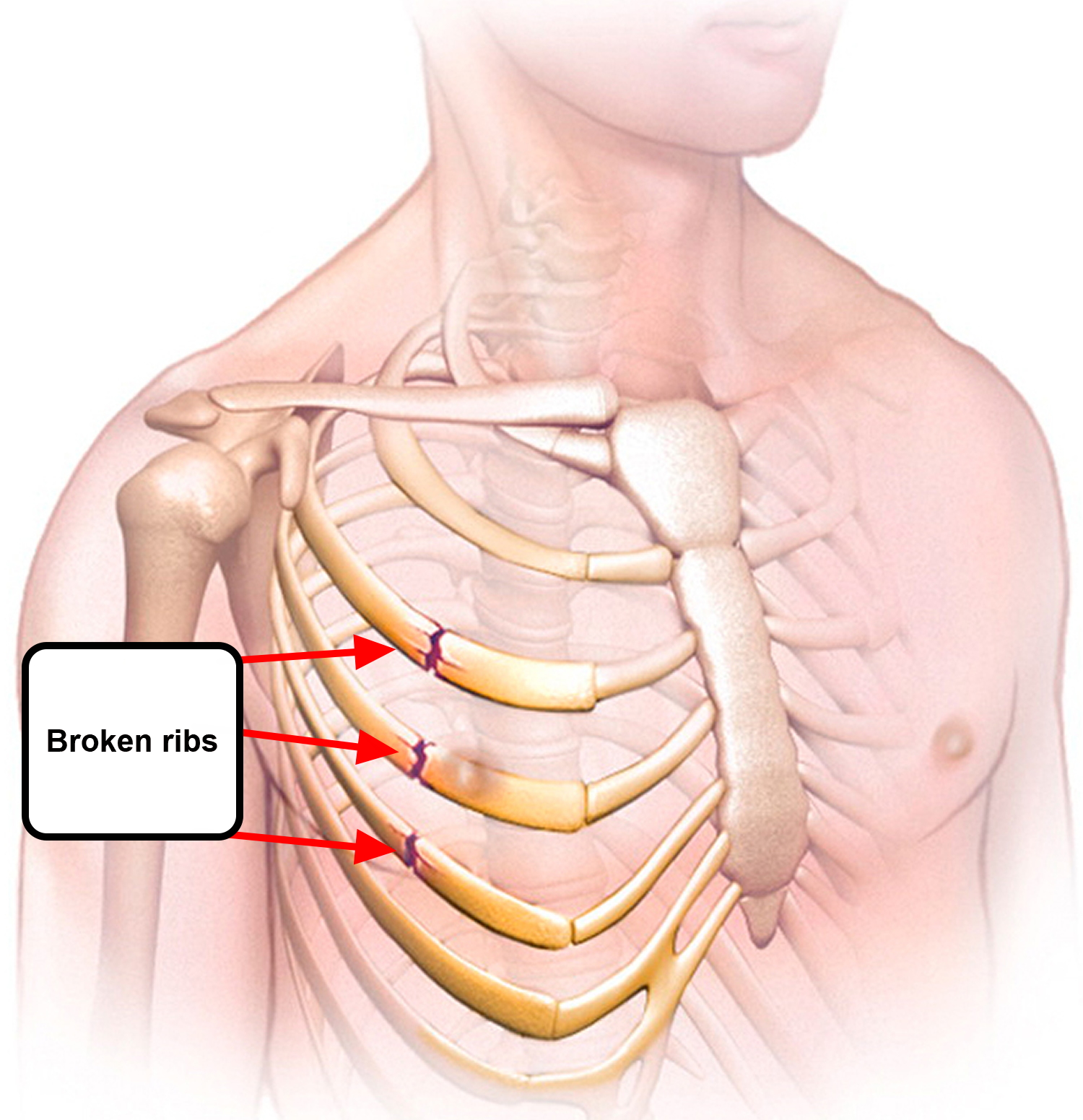Broken Rib: Symptoms, Causes, Treatment
What are the symptoms of a broken rib?
I broke four ribs when I totaled my Mazda Demo on the Japanese freeway, between Tokyo and Osaka. The symptoms of a broken rib can vary depending on the severity of the injury, but common symptoms include:
- Pain: Pain when breathing deeply, moving, or pressing on the injured area.
- Tenderness: Tenderness when touching the area around the rib.
- Difficulty breathing: Especially deeply.
- Swelling: Swelling or bruising around the injured area.
- Crunching sensation: A feeling or sound of bones rubbing together.
- Deformity: In severe cases, a visible deformity of the chest wall where the rib is broken.
If you suspect you have a broken rib, it’s important to see a healthcare provider for proper diagnosis and treatment.
How will a doctor confirm that I have a broken rib?
To confirm if you have a broken rib, a doctor will typically start by asking about your symptoms and how the injury occurred. They will then perform a physical examination, which may involve gently pressing on your ribs to check for tenderness, swelling, or deformity.
In addition to the physical exam, the doctor may recommend imaging tests such as X-rays or CT scans. These tests can help visualize the ribs and confirm if there are any fractures or other injuries.
It’s important to seek medical attention if you suspect a broken rib, as untreated rib fractures can lead to complications such as punctured lungs or damage to other organs.
What are common causes of a broken rib?
Broken ribs are most commonly caused by direct impact to the chest, such as from a fall, motor vehicle accident, or contact sports injury. Other common causes include:
- Coughing: Intense or prolonged coughing, especially in conditions like pneumonia or bronchitis, can sometimes lead to rib fractures.
- Repetitive motion: Activities or sports that involve repetitive twisting or bending motions, such as golf or rowing, can cause stress fractures in the ribs over time.
- Osteoporosis: Weakening of the bones due to osteoporosis can make the ribs more susceptible to fractures, even with minor trauma.
- Childbirth: In rare cases, the pressure exerted during childbirth can cause a rib fracture.
- Physical abuse: In cases of physical abuse, such as being struck or squeezed forcefully, ribs can be broken.
If you suspect you have a broken rib, it’s important to seek medical attention for proper diagnosis and treatment.
What is the treatment for a broken rib?
The treatment for a broken rib is typically focused on pain management and allowing the rib to heal on its own. Common treatment measures include:
- Pain relief: Over-the-counter pain medications such as ibuprofen or acetaminophen can help manage pain.
- Rest: Resting and avoiding activities that cause pain can help the rib heal.
- Breathing exercises: Deep breathing exercises can help prevent lung complications such as pneumonia.
- Ice packs: Applying ice packs to the injured area can help reduce pain and swelling.
- Supportive measures: Using a rib belt or bandage to support the rib cage can help reduce pain and support the healing process.
- Physical therapy: In some cases, physical therapy may be recommended to help restore strength and mobility to the chest muscles after the rib has healed.
Severe cases of broken ribs, such as when there is a risk of the rib puncturing a lung or causing other complications, may require more intensive treatment, including surgery to repair the rib. It’s important to follow your healthcare provider’s recommendations for treatment and follow-up care.




